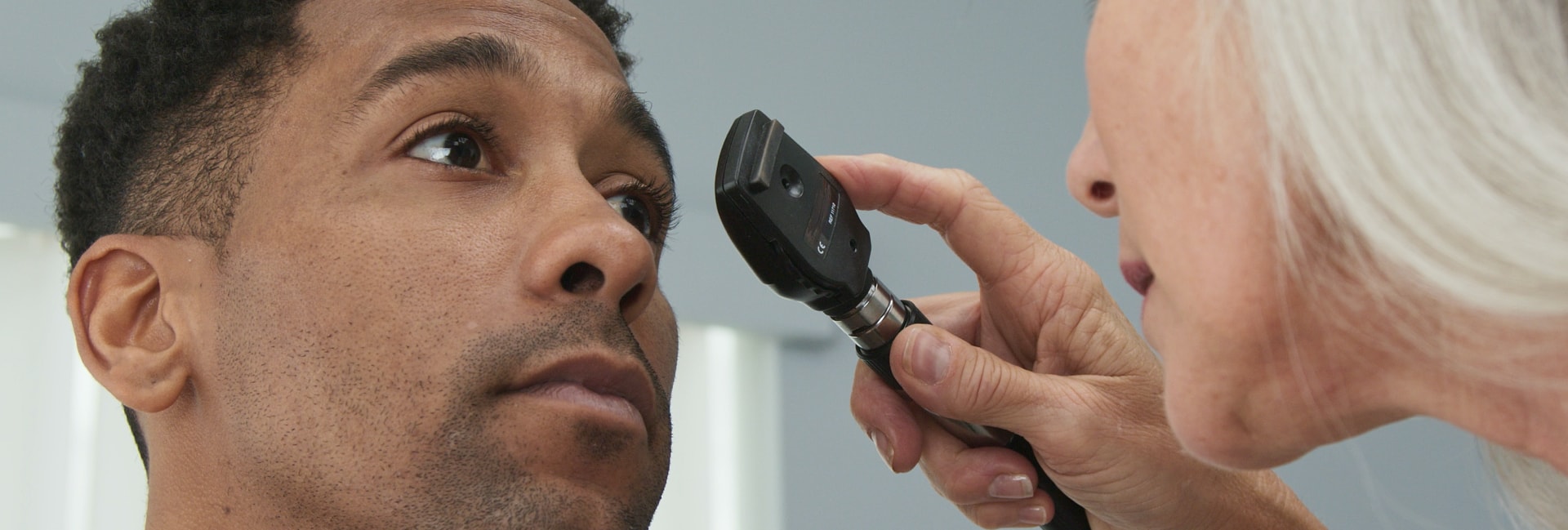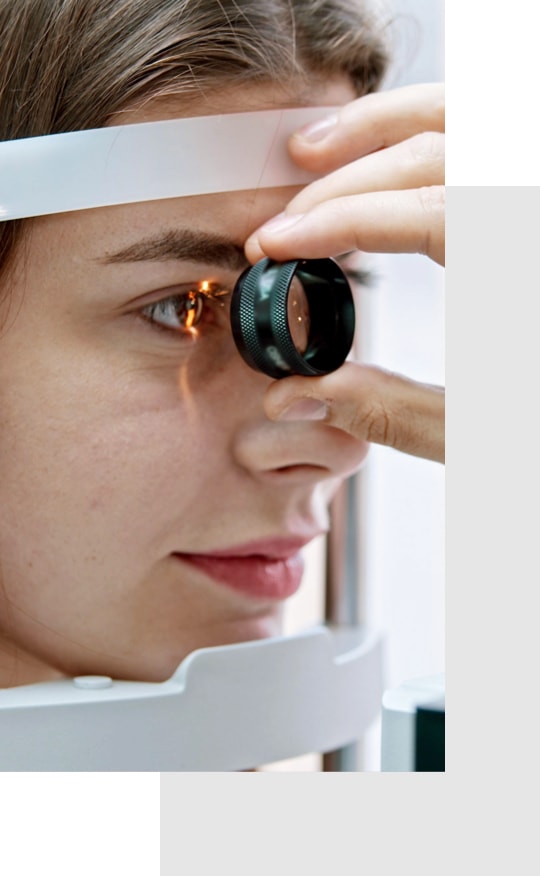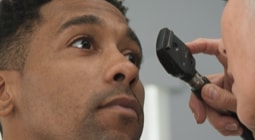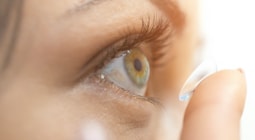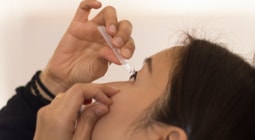Protect Your Ocular Health With Comprehensive Eye Exams
Our eyes are delicate and complicated organs; they allow us to understand and interact with the world around us in ways no other sense does. It’s important to take proper care of them so they stay strong and healthy throughout your life. And eye exams are the first crucial step to doing so.

